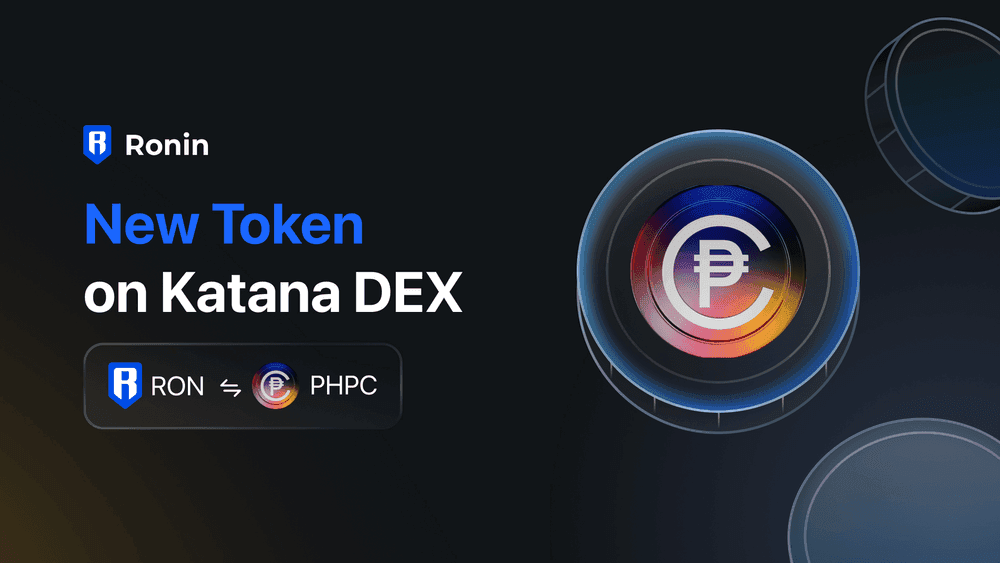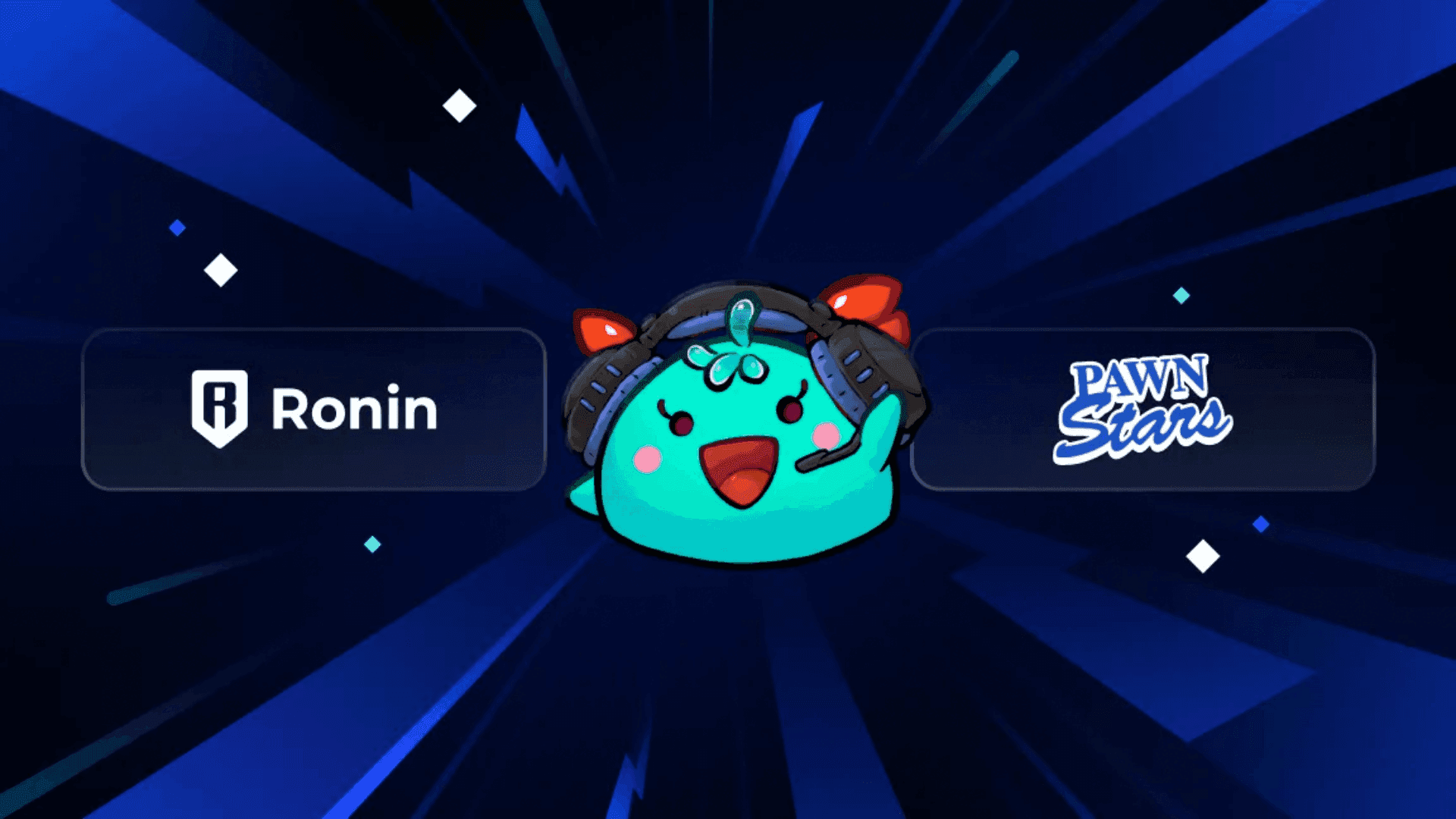Ronin and Coins.ph are preparing to take a significant step in expanding the practical use of digital assets in the Philippines. The companies announced plans to integrate PHPC, a peso-backed stablecoin on the Ronin network, into QRPH, the country’s national QR payment system. Once the required regulatory approvals are granted, the partnership aims to make PHPC usable across more than 600,000 QRPH-enabled merchants nationwide.
The announcement was made during the YGG Play Summit, where Ronin outlined its intention to move beyond its gaming ecosystem and support broader financial activity across the Asia-Pacific region. With this integration, Ronin Wallet users may soon be able to scan QRPH codes for everyday transactions, placing stablecoin payments in the same space as leading mobile wallets already used throughout the country.
Expanding Digital Payments Through On-Chain Value
The Philippines has seen rapid growth in digital payments over the last few years. According to the Bangko Sentral ng Pilipinas, digital payments now represent more than half of all retail transactions, with person-to-merchant digital payments continuing to expand. This shift, combined with the country’s position as one of the world’s largest recipients of remittances, has created an environment where flexible digital payment tools are increasingly important.
Coins.ph CEO Wei Zhou said the integration could be ready as early as 2026, assuming all regulatory permits are secured. He explained that the goal is to offer users a simple way to pay with PHPC through the Ronin Wallet by scanning QR codes at participating merchants. Zhou emphasized that the system is designed to function similarly to common digital wallets but operate with the added benefit of on-chain settlement.
PHPC’s Role in Connecting Gaming and Finance
PHPC launched on Ronin in 2024 while participating in the BSP sandbox program. The stablecoin is designed to maintain parity with the Philippine peso, with Coins.ph managing its reserves under BSP oversight. Its introduction created a bridge between the Ronin gaming ecosystem and the broader financial landscape, opening opportunities for users who earn digital assets through games like Axie Infinity to convert them into real-world spending.
Sky Mavis Co-Founder Jeffrey Zirlin noted that the integration moves the ecosystem closer to a future foreshadowed during the pandemic, when some merchants began informally accepting in-game tokens. With a stablecoin connected to a regulated system like QRPH, Ronin users in the Philippines may soon be able to move their in-game earnings into everyday expenses more seamlessly.
A Step Toward Mainstream Web3 Adoption
Ronin Wallet remains one of the most widely used wallets in the web3 gaming space, with millions of active users. By integrating PHPC payments into QRPH, Ronin positions itself not only as a gaming platform but also as a tool for daily financial activity. This shift signals Ronin’s broader strategy: connecting gaming economies with real-world use cases while remaining compliant with regulatory frameworks.
Updates on the PHPC rollout will be shared through Coins.ph’s official Facebook page and the Ronin X account as plans move through regulatory review.
Frequently Asked Questions (FAQs)
What is PHPC?
PHPC is a Philippine peso–backed stablecoin built on the Ronin blockchain. It is designed to maintain a one-to-one peg with the peso and is managed by Coins.ph under BSP oversight.
What is QRPH?
QRPH is the Philippines’ national QR payment standard, enabling interoperable QR-based payments across banks and mobile wallets.
When will PHPC be usable via QRPH?
The integration is planned for 2026, but it depends on securing all required regulatory permits and authorizations.
Can users pay with PHPC using Ronin Wallet?
Yes, once the integration is approved, users will be able to scan QRPH codes using Ronin Wallet to make payments with PHPC.
Why is this integration important for web3?
It connects digital assets to real-world spending, enabling stablecoin use for everyday purchases and expanding web3 utility beyond gaming.
Is PHPC regulated?
PHPC operates under the supervision of the Bangko Sentral ng Pilipinas through the sandbox program, with reserves managed by Coins.ph, a licensed virtual asset service provider.
How many merchants support QRPH?
More than 600,000 merchants across the Philippines currently support QRPH payments.




